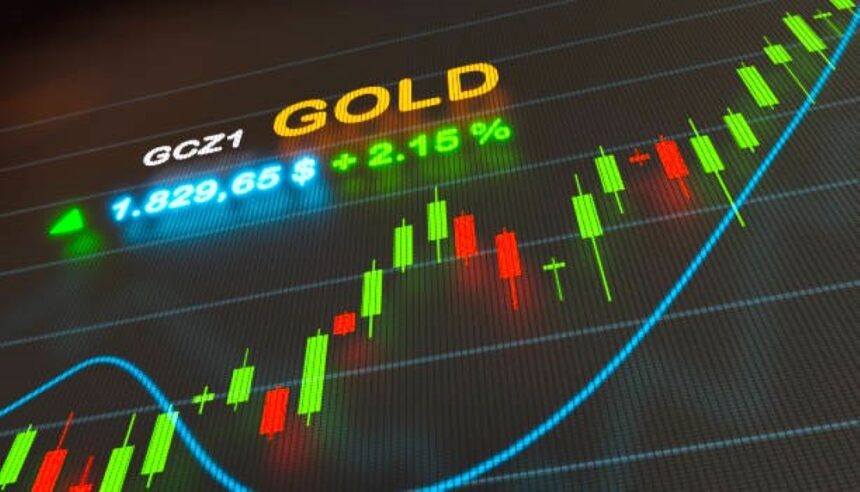Gold struggled to benefit on the overnight strong rebound from a two-week low.
The gold price (XAUUSD) rose more than 1% on Thursday, snapping a two-day losing streak and reaching a two-week low the day before. Softer US macro data reported on Thursday revealed that growth momentum in the world’s largest economy is slowing. This comes on top of signals of lessening inflationary pressures and confirms market predictions that the Federal Reserve (Fed) will start lowering Interest Rates. This resulted in an overnight drop in US Treasury bond yields this year, causing the US Dollar (USD) to correct from its peak since early May and benefiting the precious metal.
Traders were hesitant to put aggressive wagers ahead of the important US PCE Price Index.
Aside from that, geopolitical tensions in the Middle East and the extended Russia-Ukraine war pushed up the safe-haven gold price. The potential for the XAUUSD remains limited, as bulls appear hesitant to take aggressive wagers and prefer to wait for more clues about the Fed’s rate-cutting path. As a result, the focus remains on the US Personal Consumption Expenditures (PCE) Price Index, which is scheduled for release later in the North American session. The critical US inflation statistics will influence expectations about the Fed’s future policy decisions and determine the near-term. The journey of the non-yielding yellow metal.
Daily Market Movers: Gold price awaits US PCE for fresh indications on the Fed’s rate-cut path.
The lower US macro data released on Thursday raised expectations for an early start to the Federal Reserve’s rate-cutting cycle this year, sparking a short-covering rally in the gold price.
The real US GDP growth rate for the first quarter was revised up to 1.4% annualized, although it was the smallest increase since spring 2022 and confirmed a severe decline from 3.4% in the previous quarter.
The US Census Bureau stated that Durable Goods Orders climbed by 0.1% in May, compared to a 0.1% decline expected and a 0.6% gain (revised from +0.7%) recorded the prior month.
Separately, the Labor Department said that initial jobless claims declined to 233,000 in the week ending June 22, while the four-week moving average increased to 236,000, the highest level since September.
Furthermore, US Pending Home Sales, a forward-looking indication of home sales based on contract signings, fell unexpectedly by 2.1% in May, reaching the lowest level on record dating back to 2001.
The uncertainty around Fed rate cuts helps limit the USD’s corrective decline and curbs metal gains.
This comes on top of lackluster US retail sales data for May and hints that inflation is slowing, which should allow the Fed to decrease borrowing costs as early as the September policy meeting.
The US Dollar, however, gained some support from comments from Fed Governor Michelle Bowman, who stated that we are not at a point yet to discuss a hike Cut as inflationary threats persist.
This, in turn, limits any additional advances in the XAUUSD ahead of the release of the US Personal Consumption Expenditures (PCE) Price Index, the Fed’s favored inflation gauge, later this Friday.









